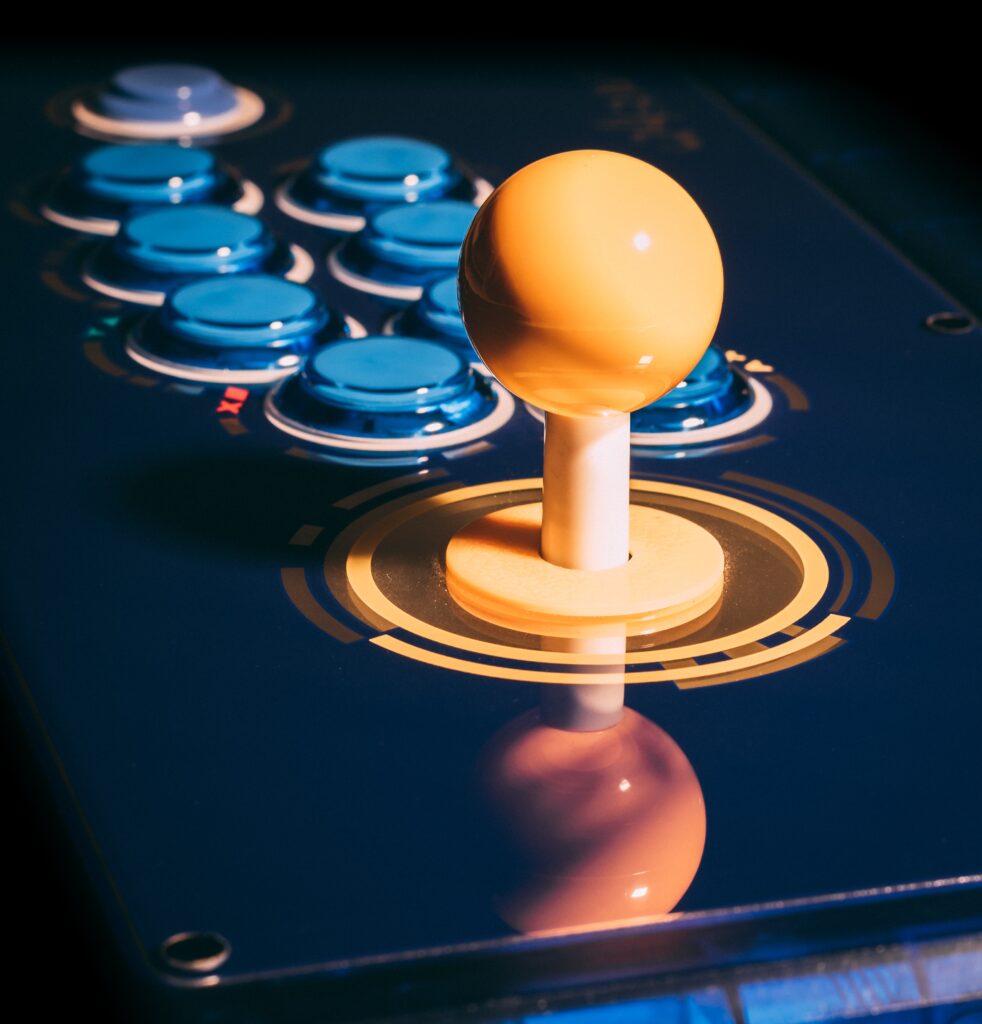In the matchup of Controller vs Arcade Stick for Fighting Games, which is the superior control method for your needs, and how much should the choice matter to you? As a long-time gamer and member of the Fighting Game Community besides my writing work, I think I’m particularly well-suited for walking you through this, so stick around! Before we’re done, you’ll know everything you need to know to choose between Controller and Arcade Sticks…or even other control methods.
Table of Contents
Why Fighting Game Control Methods Matter
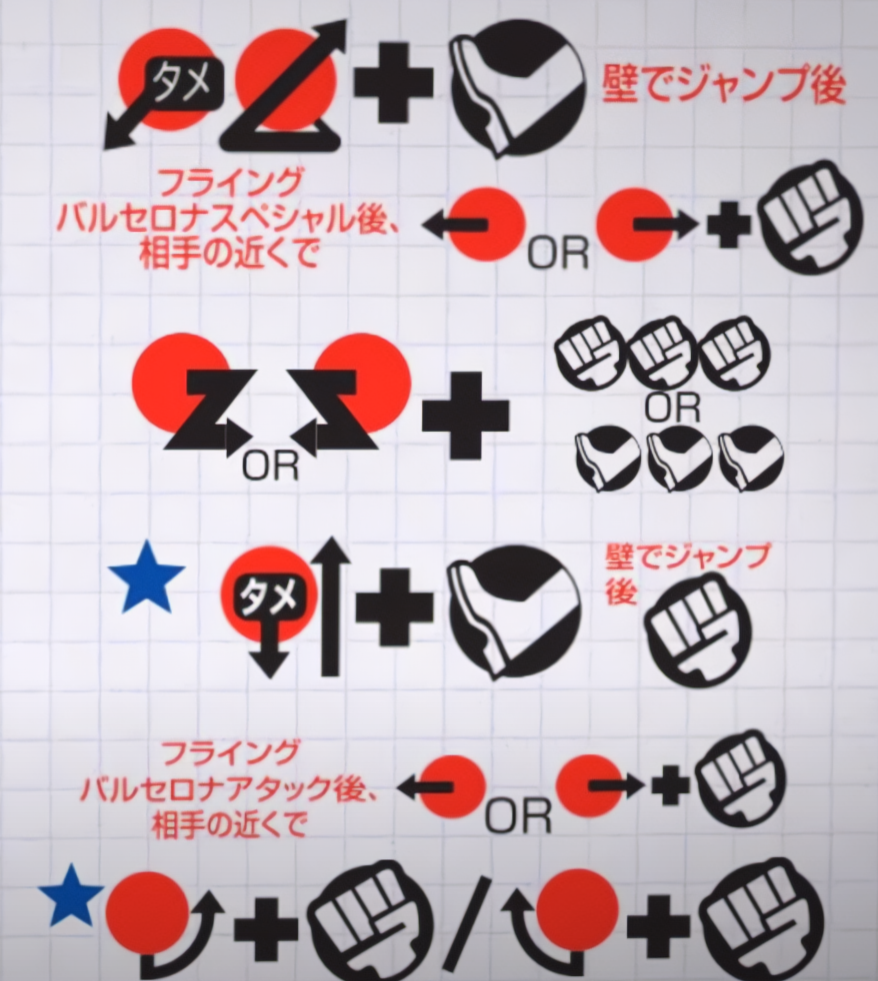
Provided you aren’t skipping around with the Table of Contents, I want to take a moment to talk about why the control method question matters so much beyond just “fighting games have motion inputs”.
Before purchasing any controller or arcade stick for playing fighting games, ask yourself one question: do you ever plan on attending an in-person tournament for the game(s) you play? If you solely plan on playing fighting games at home, you don’t need to worry nearly as much about controller legality or even compatibility if you’re playing on PC.
If you are going to be attending tournaments, you’ll want to be mindful of potential controller legality and console compatibility issues. I’ll discuss these in further detail later as we go on, but for the most part you can usually compete with whatever control method you like as long as you aren’t blatantly cheating (ie using macros).
What About Hit Box, SnackBox, and other Leverless Arcade “Sticks”?
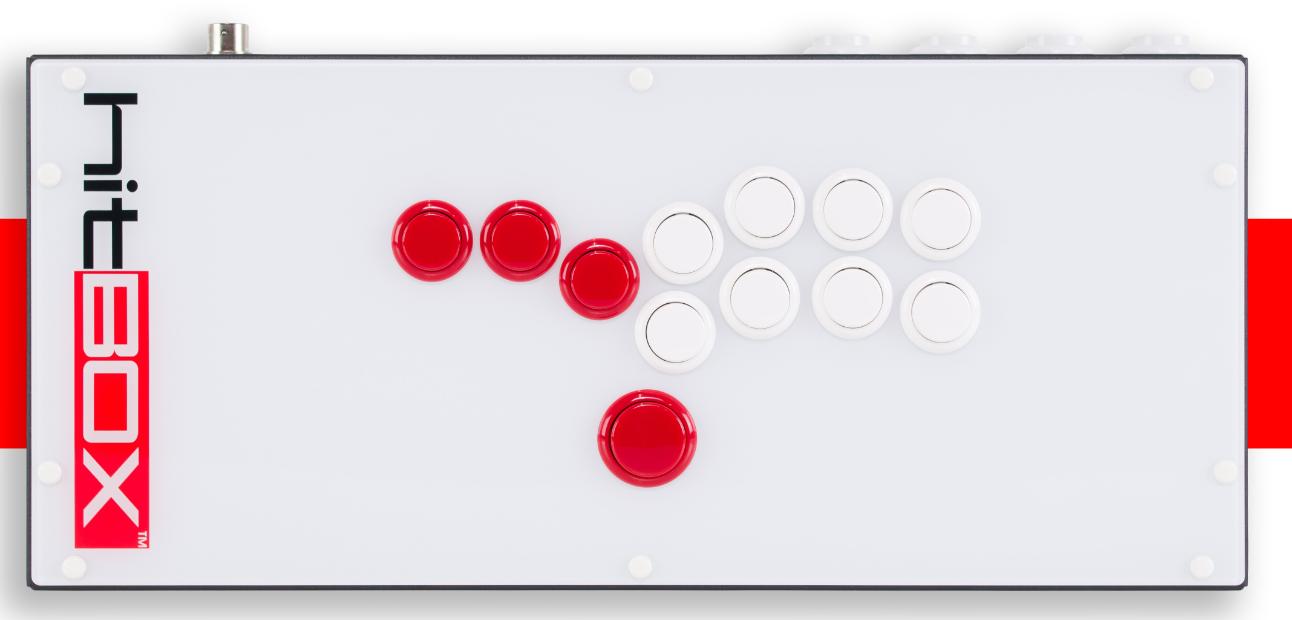
The first leverless arcade controller to reach mainstream popularity has been the Hit Box from the company of the same name. Because of how Hit Box popularized leverless arcade stick designs, other leverless designs from other companies are sometimes also referred to as Hit Boxes, though they’ll usually have a distinct name.
Provided you keep your firmware up to date with SOCD cleaning enabled, your leverless controller shouldn’t provide any major legality issues. SOCD means “Simultaneous Opposing Cardinal Directions”, and refers to how a controller registers opposite inputs being sent at the same time (ie, left and right). SOCD cleaning will revert these inputs to neutral (no movement) in line with Capcom Pro Tour rules, which dictate that SOCD inputs should either cancel each other out or be sent fully intact, as opposed to defaulting to one direction or another.
Is Keyboard Legal For Fighting Games?
If you’re running fighting games from home on a PC, absolutely.
When you begin entering tournaments (especially on console or at major events), though, things begin to get a little more complicated. The current major legality requirement around leverless control methods— which technically include keyboards— is the aforementioned SOCD cleaning, and keyboards don’t offer that functionality. Thus, keyboards are illegal in major tournaments.
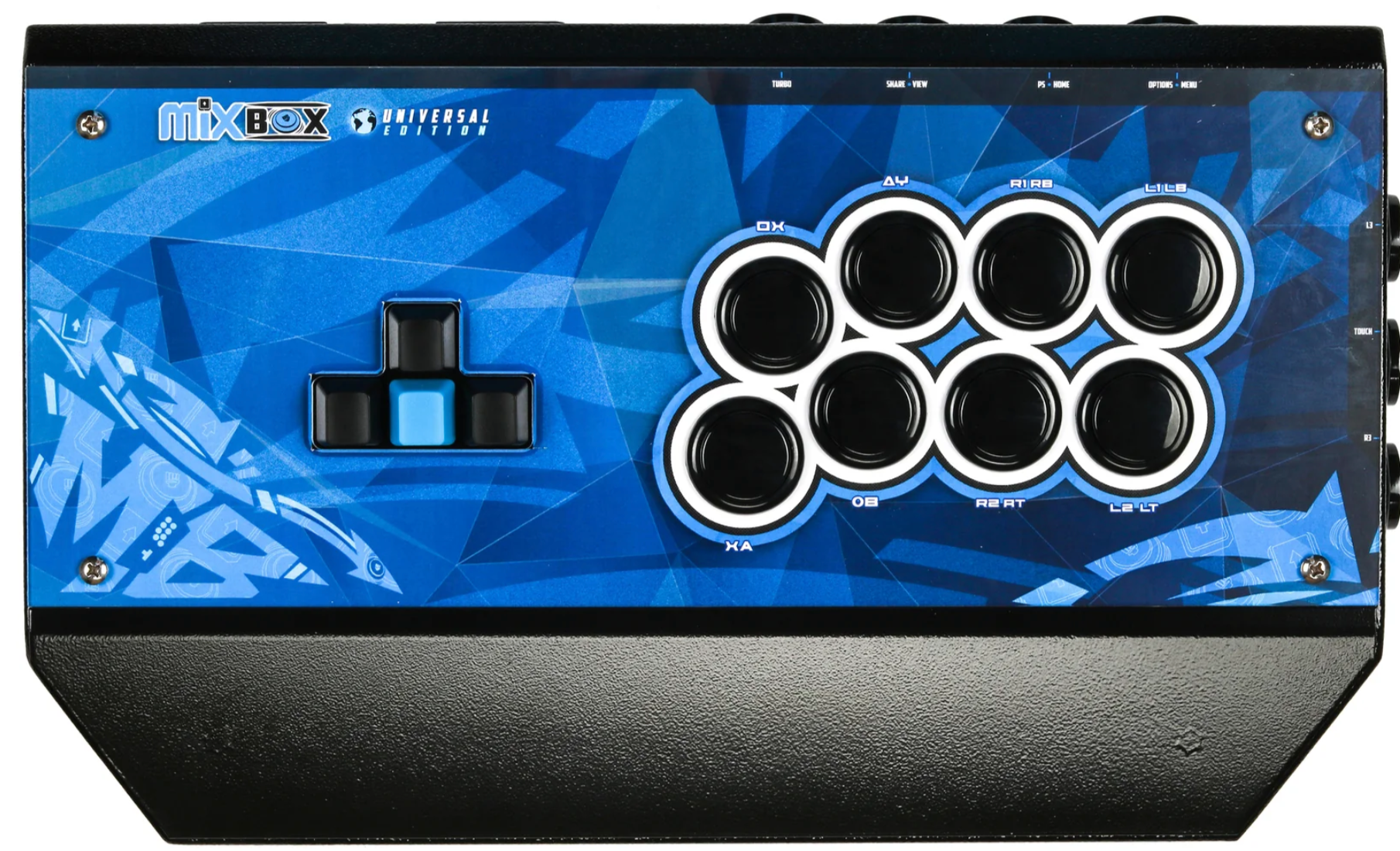
All hope isn’t lost, though: the Mixbox exists just for players like you, and is tournament-legal.
Controller vs Arcade Stick For Fighting Games: Which Is Best?
Controller vs Arcade Stick For Fighting Games: Cost
Cost-wise, controllers and arcade sticks can both vary from “pretty cheap” to “horrendously expensive”. Leverless controllers tend to veer more expensive than cheap, as well.
The controllers that come bundled free with PlayStation and Xbox consoles can also be found online, but tend to fetch a pretty penny ($40-$70) unless you start opting for cheaper third-party designs. Higher-end third party controllers for Xbox and PlayStation exist, too, which breach $100 and $200 in exchange for high-end features.
Arcade sticks start as cheap as $20-$40 but can easily exceed $200 as well, especially for truly premium hardware. Leverless arcade sticks usually occupy the higher end of this price range as well, with the Hit Box being priced for $250.
Winner: Mostly A Tie
Controller vs Arcade Stick For Fighting Games: Size and Portability
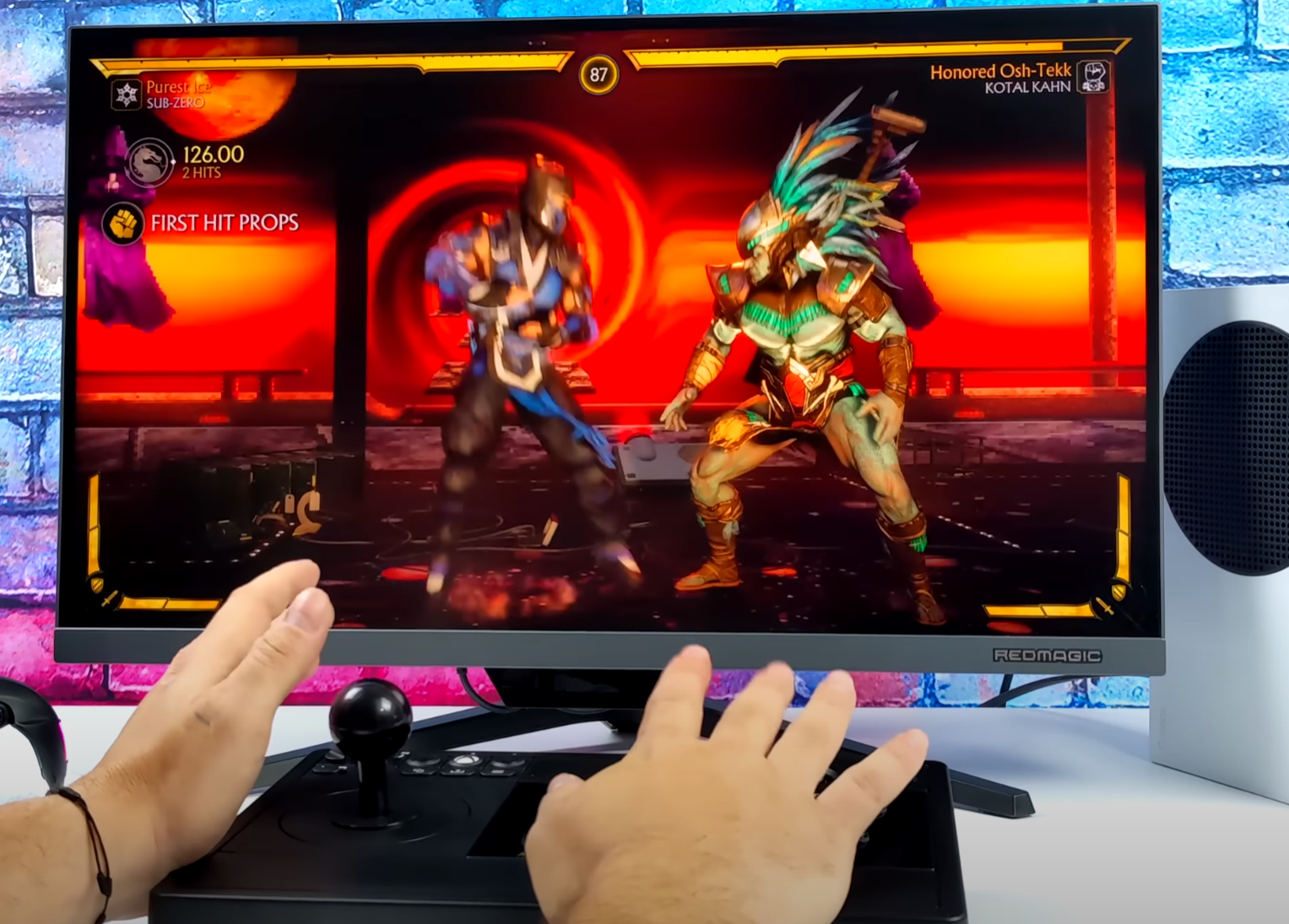
It’s no secret: arcade sticks are pretty hefty, more comparable in size to a full-size keyboard with extra thickness than any kind of handheld device. In the picture embedded above, you can see that a standard arcade stick placed in front of a (24-inch?) monitor isn’t actually that much thinner. These are two-hand devices that you rest on your lap or on a table at events.
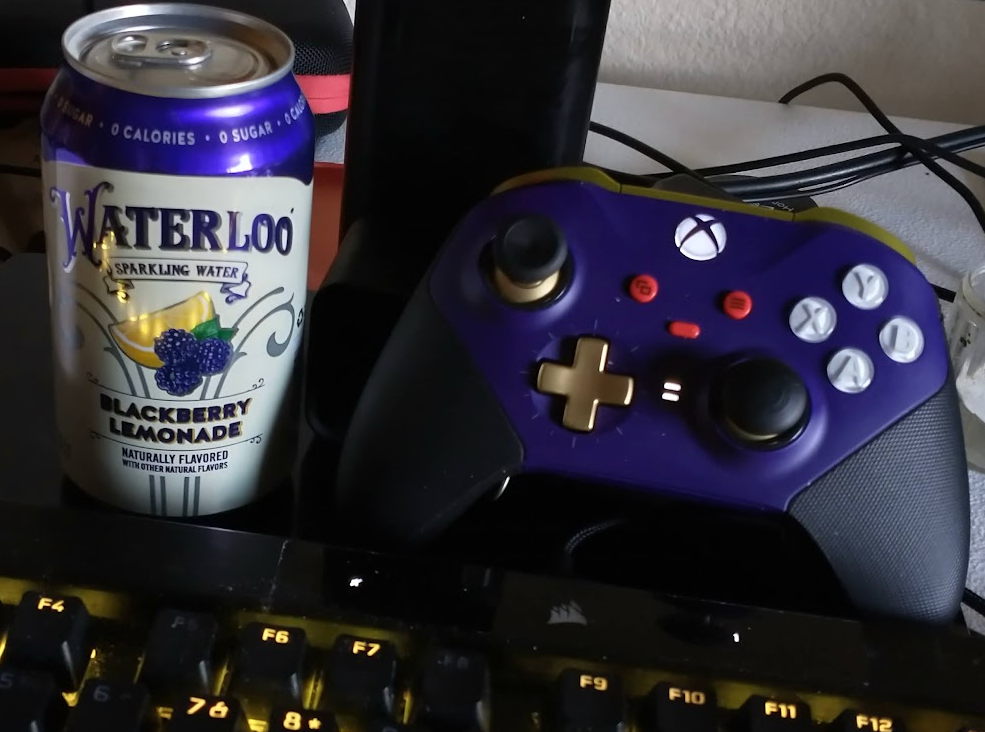
Meanwhile, controllers have an obvious boon when it comes to size and portability. They’re far smaller and thus, far easier to transport than a bulky arcade stick. However, this smaller size does come with its own tradeoffs…more on that in the next section.
Winner: Controller, also SFF Leverless Arcade Sticks like the Snack Box Micro.
Controller vs Arcade Stick For Fighting Games: Input Accuracy
Motion inputs are a pretty major part of fighting games, and likely what pushed you to find an article like this one.
Depending on the games and the characters you play, the execution barrier introduced by motion inputs can very well end up determining your control method. I even know some players who switch between controller and arcade stick based on the game— one of them told me he prefers a controller for games that require a held button (instead of just a direction) to block, for example.
As much as I love my Xbox Elite Series 2 Controller and have enjoyed polishing my inputs on it…I can’t deny the obvious truth. Being able to dedicate an entire hand to moving your character instead of just a thumb is almost objectively a superior, more accurate input method, particularly in games demanding just-frame inputs and clean motions.
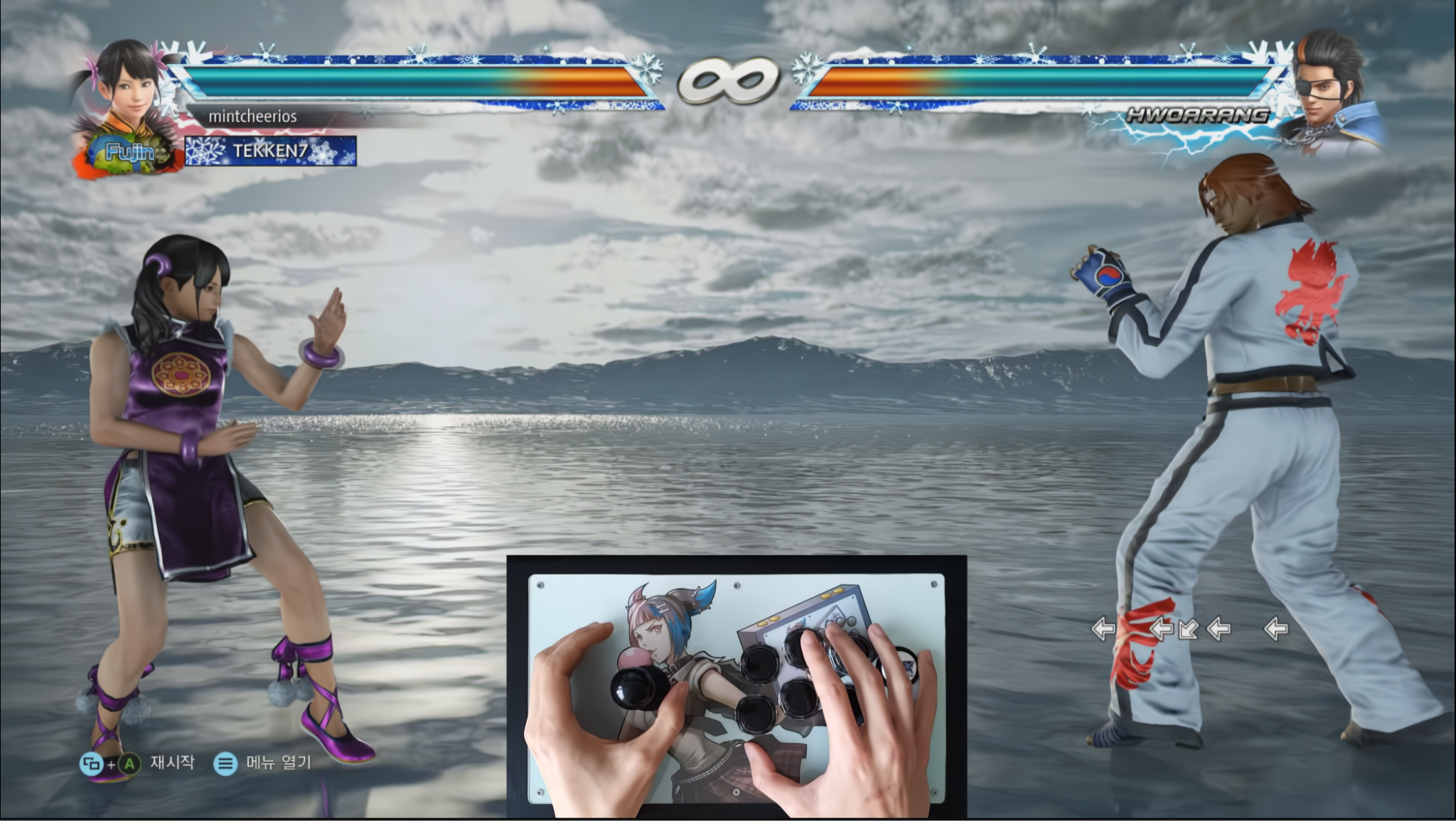
It’s not perfect, though. For one, leverless is even more accurate, and seamless at that. But secondly, arcade stick (and even leverless) still come with their own learning curve and adjustment, especially if you’ve only played on a controller previously or are new to games in general.
So, does this mean that controllers are inaccurate trash that shouldn’t be used competitively? Not necessarily. Many controller players maximize their accuracy by using the D-Pad instead of the analog stick, and there are even custom controllers out there optimized specifically for fighting games.
However, I think the larger range of motion afforded to leverless and arcade stick users ultimately results in more accuracy, even if some truly talented controller warriors can still win EVO.
Winner: Leverless and Arcade Stick
Controller vs Arcade Stick For Fighting Games: Compatibility
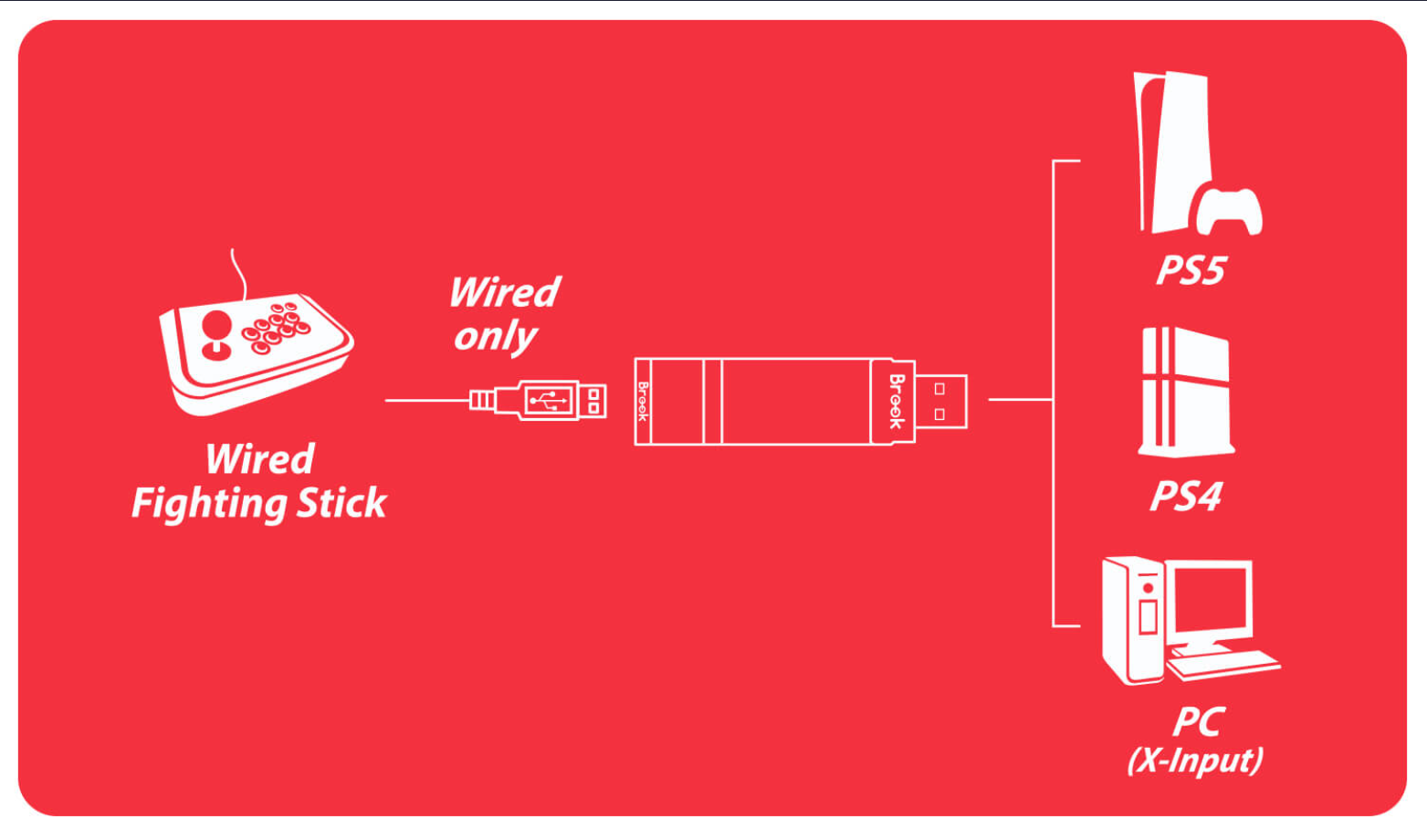
I would be remiss to go through this entire article without discussing compatibility for your input devices.
Generally-speaking, if you’re playing on PC or Steam Deck at home…you can use whatever controller you want and not really have to worry about compatibility.
But if you’re going to be attending tournaments, you’ll want to verify that your controller or arcade stick is compatible with the PlayStation 4 and PlayStation 5 consoles you’ll be competing on. You may need to source a tournament-legal Brook Wingman FGC Adapter* if your controller doesn’t already meet one or both of these requirements.
*Despite the name and product imagery, this adapter does work with a wide variety of wired controllers. Check the specifications for yours before buying, though.
Controller vs Arcade Stick For Fighting Games: Aesthetics and Extras
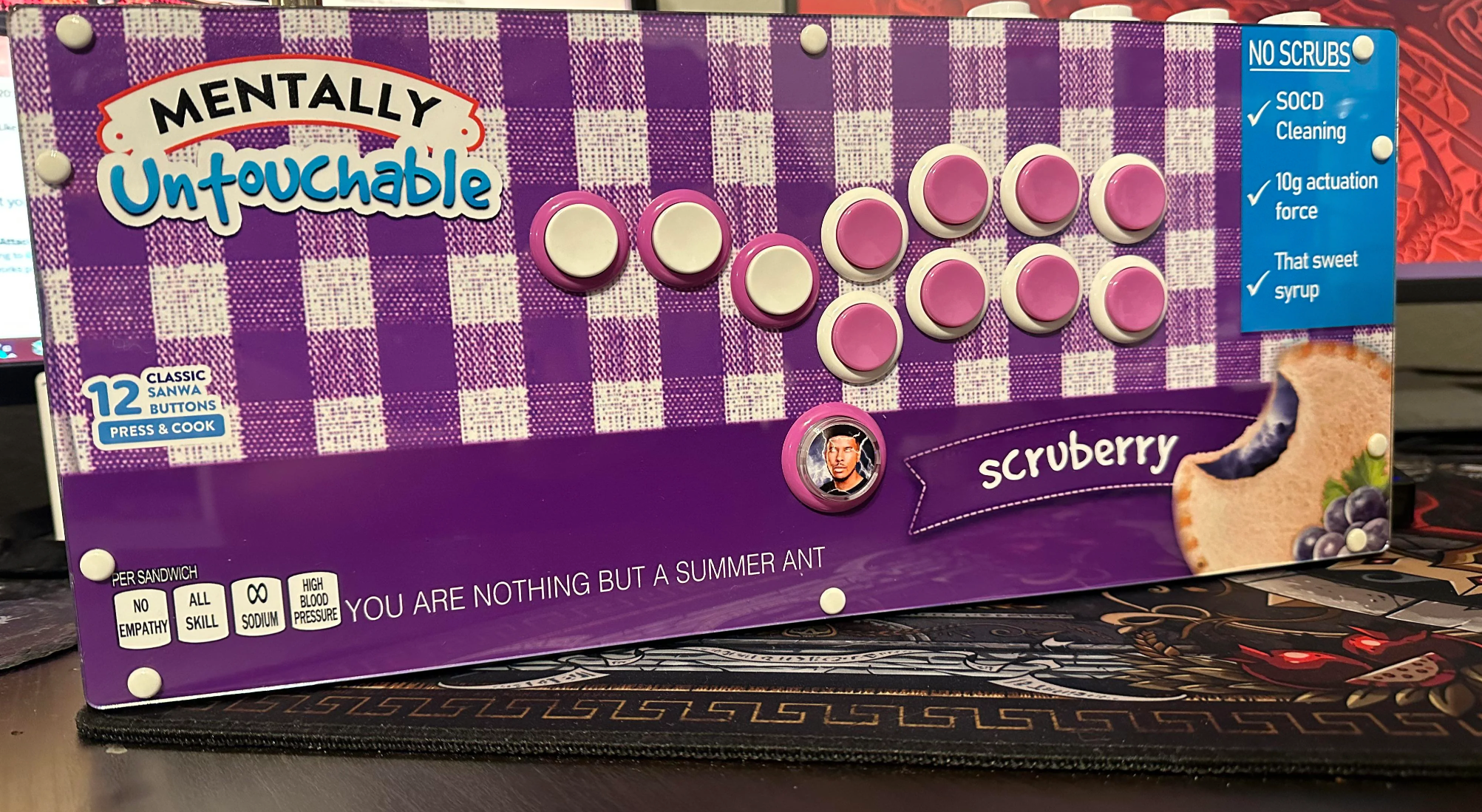
Last but not least, we should talk about aesthetics and extras.
In terms of aesthetic customizations, Arcade Sticks (Leverless included) offer a clear advantage to anyone interested in custom skins, Since they’re usually bulky and set in your lap, you have a lot of surface area that you can customize to your heart’s content.
Controllers— particularly high-end controllers or those configured online prior to assembly and shipping— can also provide unique aesthetic features and extras of their own, of course. But if I had to pick one solely based on which allows me to express myself through my controller more, I’d pick an arcade stick.
Winner: Depends On You (But Leaning Arcade Stick)
Controller vs Arcade Stick For FIghting Games: Conclusion
Like many things in life…the ultimate answer to this question is going to fall down to your personal preference and comfort level.
Personally, I prefer playing on my Xbox Elite Series 2 controller, but as a stubborn outlier using gamepad and analog stick for my inputs, I know I don’t represent the majority of fighting game players.
Most fighting game players who attend tournaments tend to convert to an arcade stick or leverless controller over time…even if these control methods may not be objectively better, their larger size does help improve the accuracy of fine inputs. For many people, it makes more sense to practice all these fighting game motions with the full dexterity of their arm, rather than just a thumb.
And, to be real: leverless controller designs are often considered to be cheating. They aren’t, but there is a tangible improvement in input reliability that comes from transforming a joystick into a set of four buttons. If that design is comfortable to you or you want the most “optimal” possible design, leverless might be the right choice for you.
So, which is best? I think comfort and personal enjoyment are what matter most when picking a control method. For me, that’s my Elite Series 2. For you, that could be an arcade stick or a leverless design— there is no “wrong” answer here.
I do think most people should probably use leverless or an arcade stick, though, especially if they don’t play other competitive games with their standard controllers.

